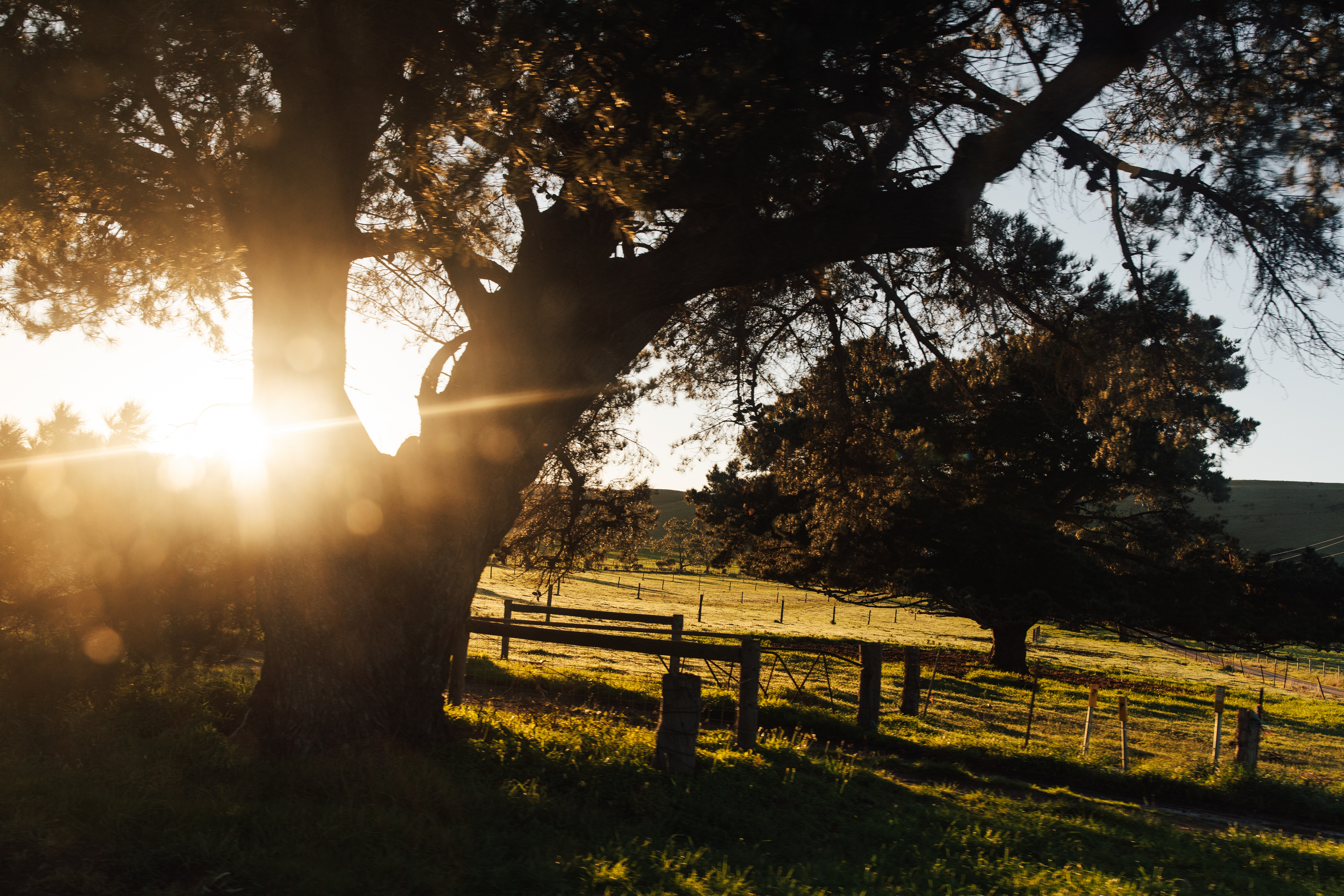
Prepare livestock for the bushfire season
Fire danger season is well upon us with bushfires impacting the Yorke Peninsula and other areas throughout the state recently. Livestock SA extends its sympathies to farmers impacted by the recent bushfires and is urging all producers to prepare themselves for the threat of a bushfire on their property.
Livestock owners need to prepare options for dealing with their animals as part of their Bushfire Survival Plan. As always, planning for bushfires should start well before the bushfire season and be part of ongoing management.
Preparing a ‘safe’ paddock where stock can be moved in case of a fire is important. Farms with large numbers of stock may need to manage several safe areas to accommodate all animals.
A safe paddock is land clear of combustible material to reduce fire fuel load. Low bushfire risk land can be cultivated to keep regrowth clear or heavily grazed or irrigated and green to reduce dry feed cover, however the latter is harder to prepare in these drought conditions. Enough ground cover still needs to be in place to reduce soil drift and erosion. Ploughed firebreaks around safe paddocks can slow the fire and provide further protection.
Radiant heat is a major issue in bushfires and without protection will kill people and livestock. The paddock needs to be of a decent size as animals can move far enough away from the radiant heat in the open rather than being confined. The low risk area should not be next to any areas of scrub or bushland, as the radiant heat from these materials is much greater.
Using yards as a low risk area can be considered, however these yards must be sprayed with water prior to a high fire-risk day. Confinement areas may be more suitable for sheep, as mobbing instincts could prevent movement away from fire and radiant heat, so being closer to yards and the home or residence can help manage the issue. Cattle are skilful at avoiding fire, so a safe paddock may be more effective.
The area must have access to a clean water supply which does not rely on electricity in case power is cut during a fire. The area also needs clear access and appropriate fire-proof fencing, such as steel or concrete posts.
Sloping of the area needs to be considered as fire doubles in travel speed for every 10 degree increase in slope of terrain. A downward slope in the yard can slow the spread of a bushfire.
If producers believe they may be busy during a high fire-risk day or know a catastrophic fire danger rating is set for an upcoming day, moving stock into the safe area the day before is a good option.
Temporary relocation of livestock to an area not located on the property is another option, however, is harder to manage and needs to be planned well ahead of time. Understand what will determine the decision to leave the property ahead of time and ensure there are alternative routes to the location in case the main path is unable to be accessed.
Being prepared is the key to minimising the risk and impact of fire on your property and to livestock. It is important to prepare your property regardless of whether you will leave early or stay and defend. Ensure all family members and business partners understand the bushfire plan to increase success in any potential high-pressure bushfire situation.
– ANDREW CURTIS, Chief Executive Officer, Livestock SA